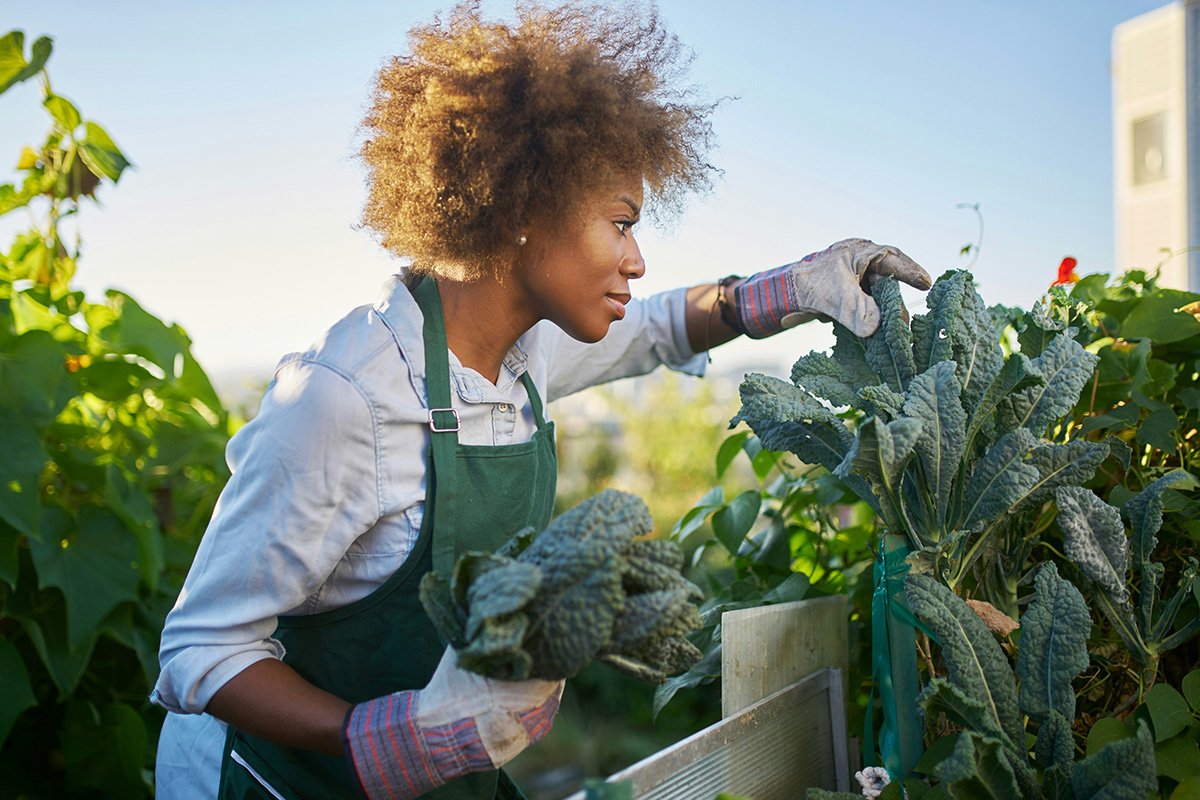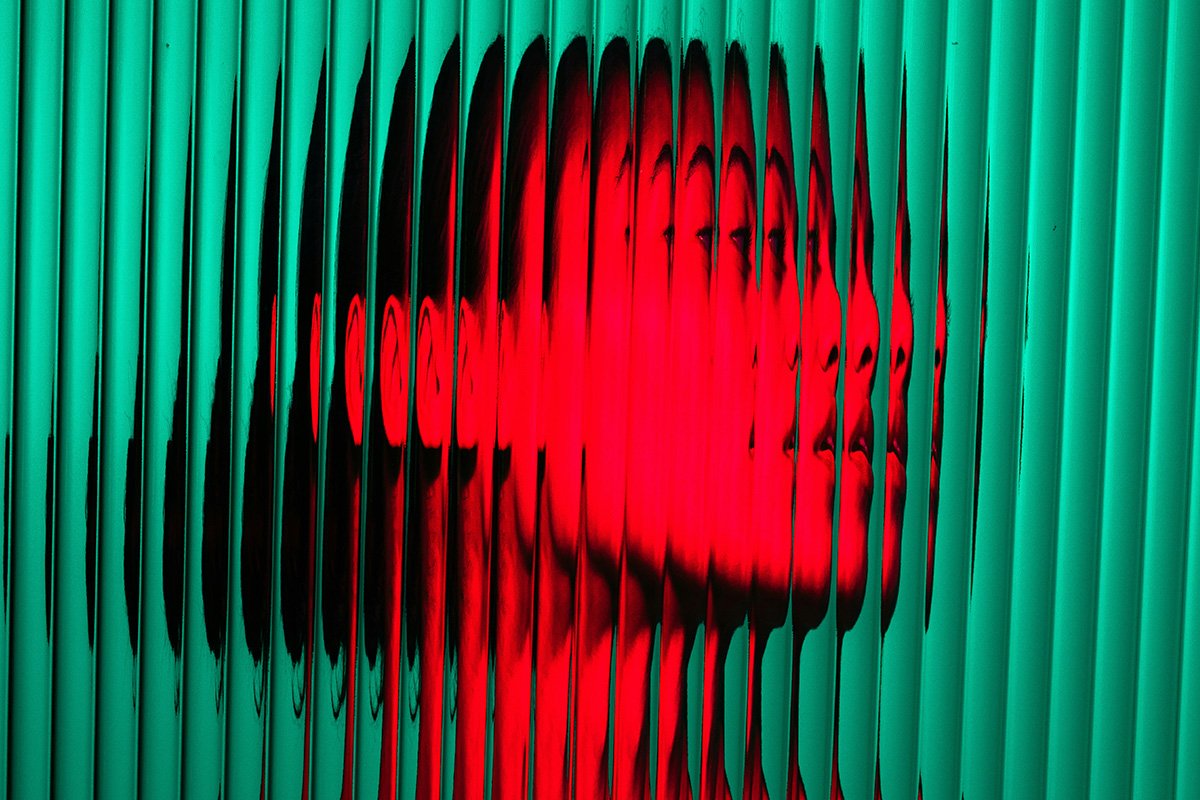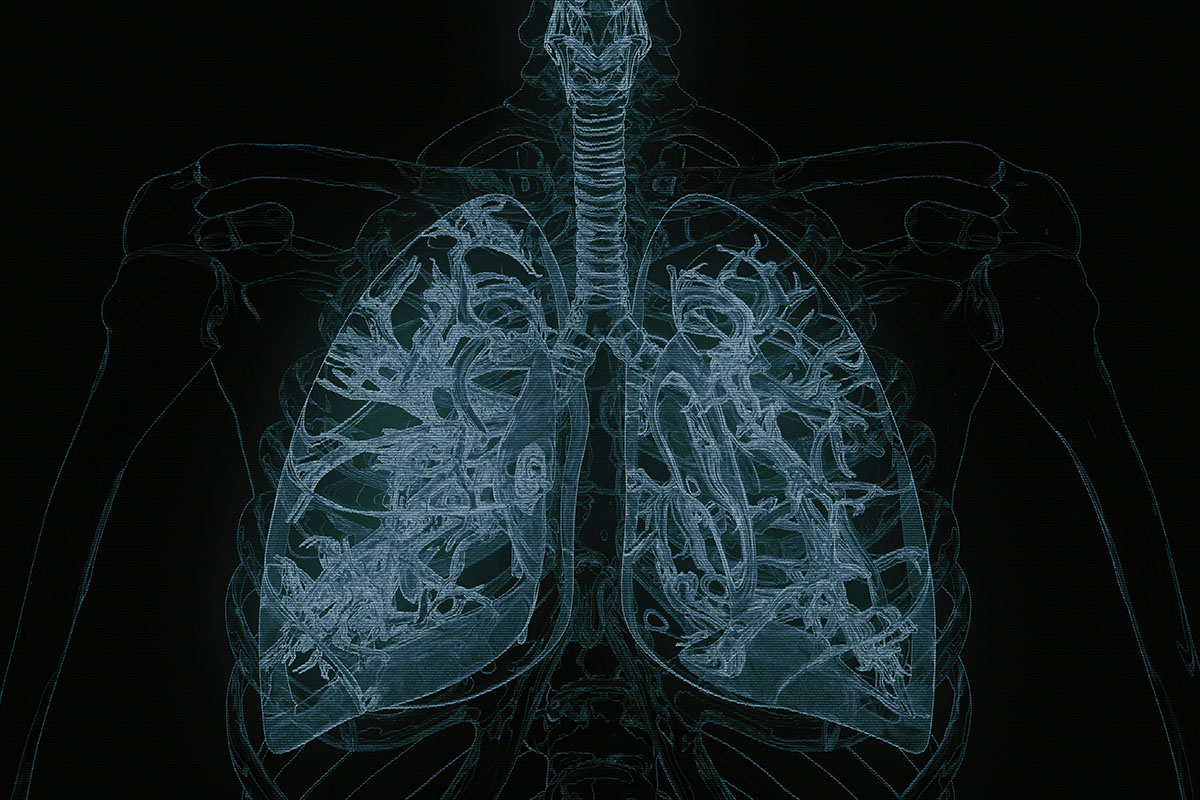
In America, an estimated two out of every five children are clothing insecure, meaning they do not have access to adequate, appropriate, or affordable clothing. For some children, this means having to endure cold weather without a winter coat. For others, it means having to wear clothes that are too small or not being able to participate in gym class because they don’t have proper sneakers. For the youngest children, it could mean having to sit in soiled diapers because their parents cannot afford new ones.
Many of these children who are clothing insecure live in families who also experience food insecurity, struggle to pay their rent, and have a hard time keeping their heat on during the winter.
As new clothes pile up in landfills, exacerbating the global climate crisis, it is children who often suffer the most.
Under the now-expired expanded child tax credit, childhood poverty was cut in half. Many families were allocated resources that allowed them to afford rent, food, clothes, and other necessities. Since this policy expired, child poverty has risen again, and families continue to struggle to meet their basic needs. In many cases, nonprofit organizations are helping address disparities where government resources fall short. Such is the case for Cradles to Crayons, a national nonprofit that has been working to combat child clothing insecurity for over 20 years.
Cradles to Crayons was founded by Lynn Margherio after she helped her niece get dressed one day. As she was looking through the clothes in her niece’s drawer, she saw piles of clothes that still had tags on them but were too small for her niece to wear. She noticed the same trend as she visited the homes of other friends and family members.
In the United States, significant amounts of new or gently used clothes go to waste. As new clothes pile up in landfills, exacerbating the global climate crisis, it is children who often suffer the most. Compelled by the vast amount of waste in the country, and using her background in business and public policy, Margherio took action.
“There are only a small handful of states that have financial allowances for clothing—and those allowances tend to be very minimal.”
Cradles to Crayons began working with organizations like schools, community health centers, and multiservice organizations that could identify children and families in need of clothing resources. Cradles to Crayons then works with schools, faith-based organizations, corporations, and families to collect new or gently used clothes.
All the clothes—some of which are brand new—are sorted in the organization’s Giving Factory warehouse by community volunteers and then distributed to children experiencing clothing insecurity. The clothes are distributed through a network of nonprofit organizations providing services to the children and families.
Sign up for our free newsletters
Subscribe to NPQ's newsletters to have our top stories delivered directly to your inbox.
By signing up, you agree to our privacy policy and terms of use, and to receive messages from NPQ and our partners.
“Over the 22 years we’ve been in operation, we’ve provided more than four million packages to kids across the Commonwealth of Massachusetts, children in Greater Philadelphia, children across Chicagoland—and more recently in New York City and the San Francisco Bay area,” said Margherio in an interview with NPQ.
Since the pandemic began, the organization has also expanded beyond its original physical location. Now, it has a digital platform, Giving Factory Direct, where donors can be matched with individuals in need of donated clothing. Margherio also notes that some donors and volunteers have been involved for the entire 22 years because they believe so deeply in the mission.
“Policymakers [must be] made aware of clothing insecurity as a basic need that is largely going unaddressed.”
Margherio believes that programs like Cradles to Crayons are critical because very few government programs provide clothing resources to children. “There really are no federal programs that support diapers. You cannot use SNAP, you can’t use WIC to pay for diapers or clothing and there are only a small handful of states that have financial allowances for clothing—and those allowances tend to be very minimal,” she said.
That’s why Margherio has been intentional about seeking to educate policymakers and legislators on the local, state, and federal levels about how clothing insecurity impacts their constituents. Not only does living with clothing insecurity affect children’s self-esteem, Margherio noted, but it also can affect their educational attainment because, at times, children miss school simply because they do not have adequate clothing.
Explaining how policy efforts like the now-expired child tax credit greatly reduce child poverty and help families afford clothes for their children, Margherio said she believes that it is important for government policies to be passed to uplift those who struggle to meet their basic needs.
“It is going to take not only organizations like Cradles to Crayons, providing direct distributions of clothing and other essentials to kids in their local communities, but it will take a policy effort where local, state, and federal policymakers are made aware of clothing insecurity as a basic need that is largely going unaddressed outside of the nonprofit or community sector,” Margherio said.











